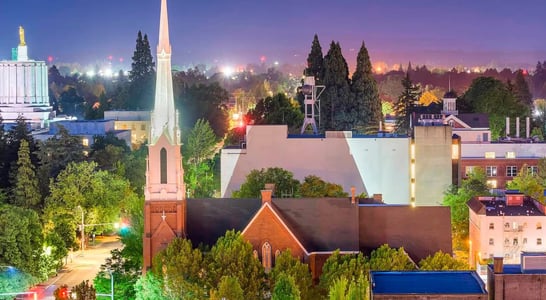
Daylight Saving Day
Daylight Saving Day marks the end of Daylight Saving Time (DST), a period when clocks are set an hour ahead to extend evening daylight in warmer months.
Celebrated as clocks go back to standard time, it highlights the seasonal adjustment aiming to make better use of daylight.
The origins of DST trace back to energy conservation efforts and the desire to align daylight hours with people’s active hours.
Initially experimented with in 1908 in Thunder Bay, Canada, it gained widespread adoption during World War I in Germany and Austria in 1916 to save fuel.
Today, over 70 countries observe DST, adjusting clocks to extend daylight in the evenings and revert in the fall, despite mixed evidence on its effectiveness in energy saving.
The practice, while aiming to reduce artificial lighting use and possibly reduce road accidents by providing more daylight during peak hours, has sparked debate. Its energy savings are contested, and some regions opt out entirely, preferring standard time year-round.
Despite its global reach, DST’s implementation varies, reflecting diverse geographical and societal needs.
History of Daylight Saving Day
Daylight Saving Time (DST) has a history that might surprise you. It all started over a century ago. In 1908, Thunder Bay in Canada decided to change their clocks to enjoy more sunlight in the evenings.
This idea wasn’t entirely new, though. George Hudson, a scientist from New Zealand, suggested a similar change in 1895. Yet Thunder Bay first implemented this idea.
The concept really took off during World War I. In 1916, Germany and its ally Austria introduced DST to save fuel by reducing the need for artificial lighting.
This move caught on, and many other countries followed suit. The idea was to make the most of daylight and save on energy costs. After the war, many countries stopped using DST, but it made a comeback during World War II for similar reasons.
In the United States, DST has had a patchy history. It was adopted in 1918 but was dropped and reintroduced several times over the decades.
It wasn’t until the Uniform Time Act of 1966 that a more consistent approach was established across the country, although some states, like Arizona and Hawaii, chose not to observe it.
Today, DST is observed in over 70 countries around the world. The start and end dates vary from one place to another, reflecting different national or regional preferences.
Despite its widespread use, DST remains a topic of debate. Supporters argue it saves energy and reduces accidents by providing more daylight during the evening hours. Critics, however, question its energy-saving benefits and point out the health risks of changing the clocks.
The history of Daylight Saving Time is a fascinating journey through attempts to maximize daylight, save energy, and adapt to changing times. From its experimental beginnings to its current status, DST has always aimed to brighten our lives.
How to Celebrate Daylight Saving Day
Here are some fun and creative ways to celebrate Daylight Saving Day:
Throw a Party
Celebrate the change by hosting a theme centered around time. Invite friends and family to welcome the longer days or the return to standard time.
Outdoor Fun
Enjoy the extra daylight by engaging in outdoor activities like hiking, picnicking, or playing sports.
Movie Marathon
Organize a movie night featuring films about time travel or shifting time zones. It’s a unique way to mark the day.
Spring Clean
Use the occasion as motivation to start your spring cleaning. Open windows, let fresh air in, and declutter your living space.
Time-Themed Dinner
Host a dinner with dishes that play on the theme of time, such as “clockwork chicken” or “time warp tacos“.
Fashion Show
Get into the spirit of spring by organizing a fashion show where participants can showcase their spring attire.
Advance the Clocks Together
Make setting the clocks forward a family activity, and maybe even treat your helpers to cookies or another treat as a thank you.
Countdown Party
Just like New Year’s Eve, stay up late and countdown to the exact moment when Daylight Saving Time begins or ends, celebrating the shift in time with friends.
Also on ...
View all holidaysNational Peanut Cluster Day
Candy aisle treasures, with the perfect blend of nutty and sweet, a delightful snack for those craving a bit of delight.
National Dry Shampoo Day
A quick-fix secret weapon for those "just rolled out of bed" hair days, making you feel fresh and confident in seconds.




